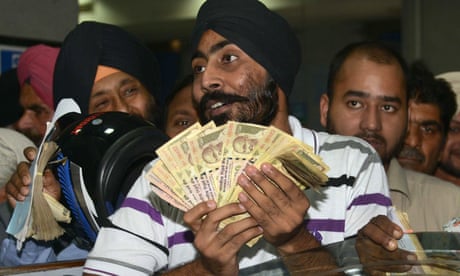
The saying goes that you can’t help who you fall in love with, and sometimes you just fall out of it too.
But a new study has found that we can in fact control our hearts with our heads more than we thought - psychologists from the University of Missouri-St. Louis and Erasmus University Rotterdam found that it’s possible to wilfully increase or decrease how much you love someone.
It’s called ‘love regulation’.
The researchers studied 40 people, twenty of whom were in a long-term relationship, and the other half having recently come out of one - the average time since the break-up was three months.
Each participant was asked to bring in 30 pictures of their current or ex-partner. First, they were asked how infatuated with and attached to the person they felt and had their brainwaves measured - the researchers particularly looked at the Late Positive Potential (LPP) brainwave, which becomes stronger when we focus on something emotionally relevant.
The participants were then told to look at the pictures and think positive thoughts about their partner, their relationship and their future together, before their brain waves and feelings were measured again.
For a second time, the participants were asked to look at their photos but to think negative thoughts. Their feelings and brain waves were then assessed once again.
The study found that after thinking positive thoughts, people reported feeling much more attached to their partners and their LPP brainwaves were stronger.
In contrast, after focusing on negatives, the participants “down-regulated” their feelings, reporting less attachment and weaker LPP brainwaves.
But can we really control love? “Control implies suppressing it and being king or queen of it,” Harvard Medical School psychologist Susan David told The Wall Street Journal.
So even if we can’t actually control love, we can shape it.
How to fall back in love:
Make small changes - whether that’s hugging your partner before leaving for work in the morning or greeting them warmly when you come back, it can make a difference.
Smile at them - smiling releases the feel-good chemical dopamine and they’ll likely smile back too.
Think positively - focus on the things you like about your partner, imagine happy times in the future and write them down.
Have sex - even if you don’t feel like it, it’s important and studies show that people are more attractive and attracted to their partners after sex.
Don’t sweat the small stuff - try not to resent your partner for failing to take the bins out or leaving pants on the floor, and remember they didn’t do it because they don’t love you.
Try new things together - it’s proven to help couples feel more attracted to each other.
Ask questions - just like you probably did when you first met, ask each other about your hopes and dreams again.

